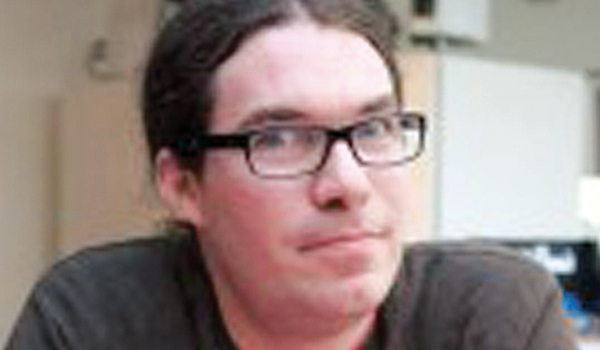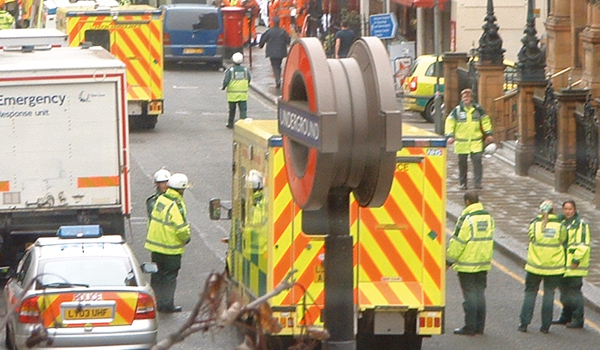New software will match sketches to mug shots on police database
A new face recognition system will be able to cross-match artists facial sketches against suspects photographs already stored on police databases. A team led by Michigan State Universitys (MSU) Professor Anil Jain and doctoral student Brendan Klare has developed a set of algorithms and created software that will automatically match hand-drawn facial sketches to police mug shots.

A new face recognition system will be able to cross-match artists facial sketches against suspects photographs already stored on police databases. A team led by Michigan State Universitys (MSU) Professor Anil Jain and doctoral student Brendan Klare has developed a set of algorithms and created software that will automatically match hand-drawn facial sketches to police mug shots.
Once in use, Mr Klare said, the implications are huge.
Were dealing with the worst of the worst here, he said. Police sketch artists arent called in because someone stole a pack of gum. A lot of time is spent generating these facial sketches so it only makes sense that they are matched with the available technology to catch these criminals.
The MSU project is the first large-scale experiment matching operational forensic sketches with photographs and, so far, results have been promising.
We improved significantly on one of the top commercial face-recognition systems, Mr Klare said. Using a database of more than 10,000 mug shot photos, 45 per cent of the time we had the correct person.
Typically, sketches are drawn by artists from information obtained from a witness. Unfortunately, Mr Klare said, these sketches tend to rely on the witness memory and often the facial sketch is not an accurate depiction of what the person looks like.
There are a few commercial software programs available that produce sketches based on a witness description. Those programs, however, tend to be less accurate than sketches drawn by a trained forensic artist, explained Mr Klare.
We dont match them pixel by pixel, said Professor Jain. We match them up by finding high-level features from both the sketch and the photo; features such as the structural distribution and the shape of the eyes, nose and chin.
All of the sketches used were from real crimes where the criminal was later identified.
The MSU team plans to field test the system over the next 12 months.



